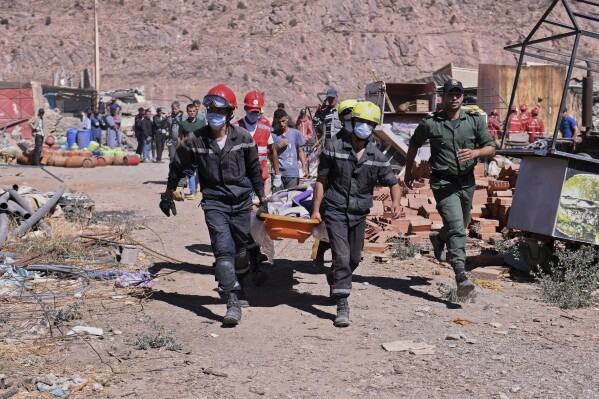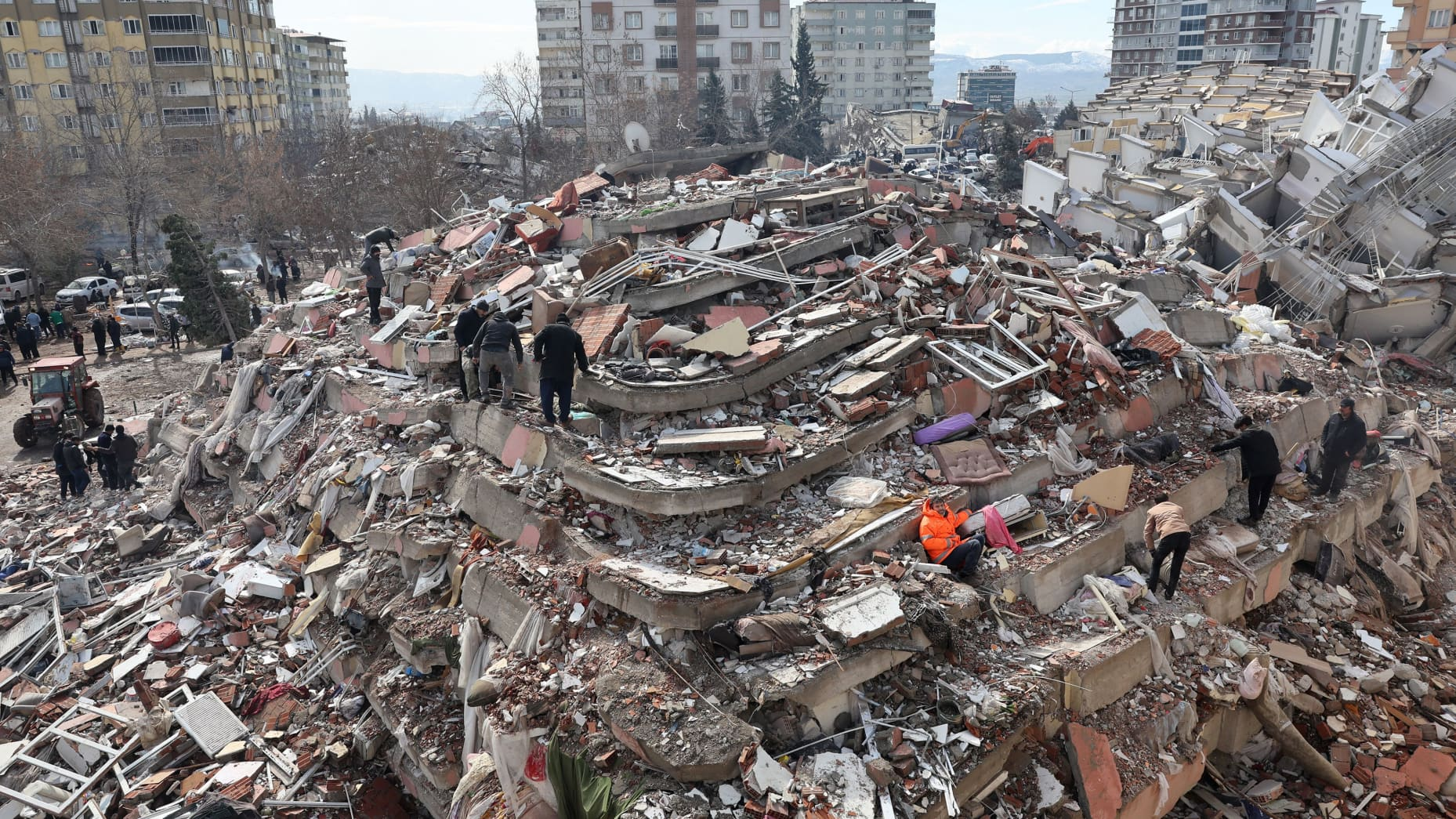On January 23, 1556, humanity witnessed one of the most devastating natural disasters ever recorded. The Shaanxi Earthquake, also known as the Jiajing Earthquake, struck the Shaanxi and Shanxi provinces of China during the Ming dynasty.
With an estimated magnitude of 8.0 and a staggering death toll of approximately 830,000, it remains the deadliest earthquake in human history. This catastrophic event serves as a chilling reminder of nature’s destructive power and the fragility of human life.
A Catastrophic Earthquake Strikes
The Shaanxi Earthquake struck at a time when global population density was significantly lower than today, amplifying the tragedy of its death toll.
Most of the destruction occurred in the Shaanxi province, but the quake’s effects were felt across the neighboring regions of Shanxi, Henan, and Gansu. Reports suggest that the quake caused the ground to crack open, swallowing entire cities and displacing massive amounts of earth.
Historical records describe horrifying scenes. Buildings and city walls crumbled within seconds, while massive fissures appeared in the earth.
Read : Israel Shares Video Allegedly Showing Hamas Torturing Palestinians: Watch
Rivers like the Yellow River and Wei River reportedly surged, with waters temporarily changing their characteristics. The quake reshaped the landscape, with plains transforming into hills and valleys. The widespread destruction obliterated towns and villages, leaving survivors in despair and shock.
Read : More than 270 Palestinians Killed in Raid to Rescue Hostages in Gaza
Adding to the devastation was the era’s architecture. Many people in the region lived in yaodongs, dwellings carved into cliffs or loess soil. These homes, though practical for the time, became death traps during the earthquake, collapsing and burying their inhabitants alive. It is estimated that these dwellings alone accounted for a significant portion of the fatalities.
A Long Shadow of Destruction
The immediate death toll was staggering, but the disaster’s long-term consequences compounded its tragedy. Survivors faced a grim reality. The quake destroyed food supplies and agricultural lands, leading to widespread famine. Many communities, already weakened by the quake, succumbed to disease outbreaks that followed in its wake.
The Shaanxi Earthquake struck during the reign of the Jiajing Emperor of the Ming dynasty. At the time, the Ming dynasty was grappling with internal challenges, including political instability and economic difficulties.

The quake further weakened the empire, which struggled to respond effectively to the disaster. Entire regions were left to fend for themselves, leading to social upheaval and mass displacement.
The economic impact was equally catastrophic. Entire towns that served as trade and cultural hubs were wiped off the map, disrupting commerce and isolating surviving communities. The massive loss of life also left labor shortages in many regions, hampering recovery efforts for years.
The Deadliest Day in History
The estimated death toll of 830,000 makes the Shaanxi Earthquake a unique and tragic event in human history. To put this number into perspective, it is comparable to the population of some modern cities. Given that the global population in 1556 was only about 5% of today’s population, the impact on humanity at the time was unparalleled.

According to records, the destruction was so vast that it altered the socio-political landscape of the region. A plaque erected three years after the disaster described how city walls vanished, rivers overflowed, and entire settlements disappeared. For survivors, the landscape was unrecognizable, and many described it as if the heavens themselves had waged war on Earth.
The Shaanxi Earthquake remains a sobering reminder of the unpredictable power of natural disasters. It also underscores the vulnerability of societies that are unprepared for such events.
Although modern advancements in science and technology have improved disaster preparedness and response, the memory of this catastrophic day serves as a stark warning about the need for vigilance and resilience in the face of nature’s fury.

